Anticipating the humanitarian consequences of COVID-19
by Elaine Angeles (IFRC) and Daniel Pfister (OCHA)
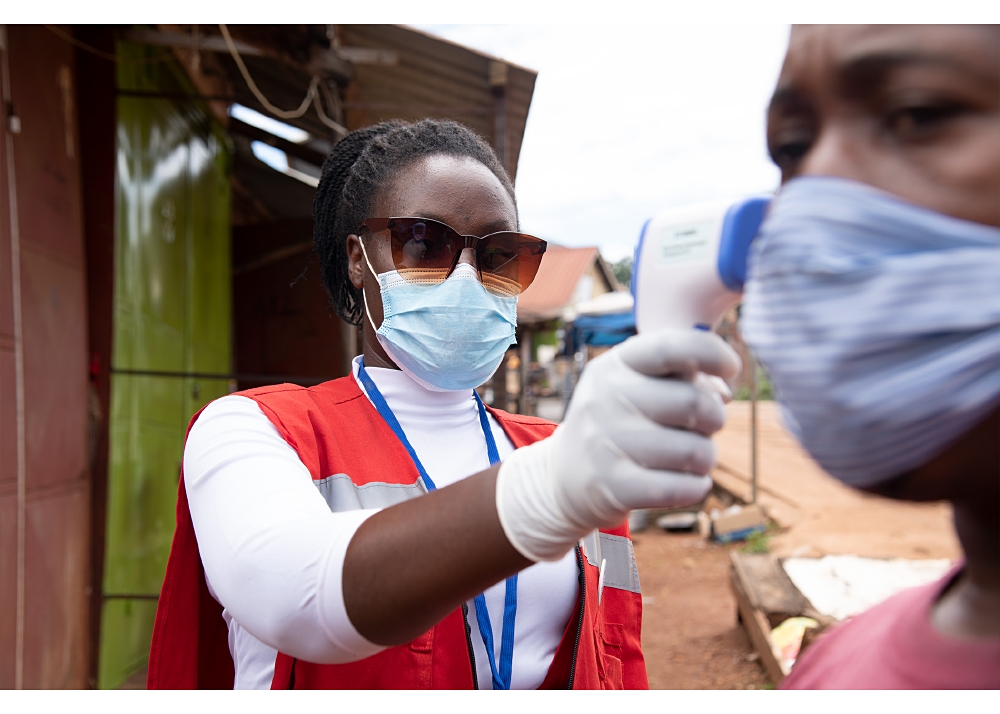
© Uganda Red Cross Society
The COVID-19 pandemic only started raging a few months ago, yet its impacts could last for years. Even before the pandemic struck, almost 168 million people required humanitarian assistance and the world braced for an increased humanitarian caseload. With COVID-19, some governments’ ability to intervene may be limited and the humanitarian community should anticipate a rise in humanitarian need. The health crisis, domestic containment measures, and a global recession are expected to have devastating and destabilizing effects for the world’s most vulnerable people. These three shocks create and compound a range of additional issues affecting people’s well-being, safety and security, livelihoods, and socio-economic conditions. The interplay between the shocks is context specific, exacerbating existing vulnerabilities or creating new ones in a highly dynamic fashion, particularly in disaster-prone, conflict-affected and fragile communities.
Heeding the signs and taking an anticipatory approach would mitigate and reduce the impact of the shocks on the most vulnerable people, providing a more dignified and cheaper humanitarian response, with more lives saved. Effective anticipatory action happens if we have data, models and forecasts to warn us of imminent shocks. But models and forecasts that can be used for anticipating the humanitarian impacts of COVID vary greatly, and getting the right data is challenging. Thus, multi-sectoral scenario building and an interdisciplinary understanding of the complex dynamics and timelines between the different shocks is key to anticipating humanitarian needs.
Three Major Shocks
First, the disease itself already causes tremendous humanitarian needs across the globe. As of 26 May, almost 5.5 million people were infected and 350,000 died. Some who recovered may face longer term health issues from the disease. Families who lost a breadwinner, likely face poverty and deprivation. Predictions vary greatly.
For instance, WHO’s worst-case analysis predicts COVID deaths in Africa at 190,000, with 260 million people infected if we don’t change the trajectory. The Imperial College of London has a best-case scenario of 298,000 deaths in Sub-Saharan Africa, with more than 110 million infected, after suppression measures. The size and timing of the health impact in a country will depend on a variety of factors, such as connectivity, population density, demographics, co-morbidity, and potentially climatic factors, as well as the strength of the health care system and the ability of the government to implement containment strategies.
Second, almost all governments have introduced domestic containment measures to protect their citizens by slowing down the spread of the virus and buying time until a vaccine is available. Businesses, markets and public transport are now minimally operating, some even shut completely. School and events were cancelled. Borders closed. These measures have a profound socio-economic impact on people’s lives. As lives and livelihoods are disrupted, people’s capacity to meet basic needs are diminished. People are producing less and have less income to spend. Some prices will rise due to hoarding or shortages. Women and girls, especially those in the service industry, hospitality and informal sector will likely be hit the hardest. Already they are earning less, saving less, and holding insecure jobs or living close to poverty – some even falling back or deeper into destitution.
Third, a global recession and GDP contraction of more than 3 percent is all but certain. Yet, low-income countries (LIC) are set to grow economically by 0.4 percent by the same estimates. Again, predictions vary, with some estimating much greater economic impact for LICs. And there is uncertainty about the duration of the economic impact and the shape of a recovery. The size and timing of the shock depends on a country’s integration into the global economy, its foreign currency reserves, its dependence on exports of primary commodities, like oil, and reliance on tourism and remittances. For many, the economic consequences arrived in countries before the virus, leaving migrant workers jobless, forced to return home or stranded in less than ideal conditions. Globally, the World Bank predicts 40 to 60 million more people will become extremely poor in 2020 due to COVID. A UNU-Wider study’s worst-case scenario stands at almost ten times that. The global recession and national lockdowns may have already pushed an additional 9 percent of Sub-Sahara’s population into extreme poverty and as much as 30 percent of the population could see their savings disappear.
More Shocks
The hunger and food security outlooks are dire.
The number of acutely hungry people could nearly double to 265 million due to COVID-19. While global food stocks are ample and prices low, movement restrictions can cause food shortage and disruptions to food aid and school feeding programmes. Income and relative purchasing power drops and some food prices increase, making food unaffordable. Hungry people are more likely to have weaker immune systems and underlying health conditions.
Risks of unrest and conflict could increase with socio-economic stresses.
Conflicts already drive 80 percent of all humanitarian needs. Economic decline is linked to the outbreak of conflict. Understanding COVID’s impact on conflict and fragility can allow international response to mitigate these vulnerabilities or seize new opportunities to settle conflicts.
Shrinking health resources are reducing capacities to fight other outbreaks.
Non-COVID health issues increase as medical systems are stretched. Discouraged and fearing infection, people will not seek or receive treatment for illnesses. Mortality and morbidity will rise. Experts already predict an increase in maternal and under-5 child mortality, an additional 190,000 tuberculosis-related TB-related and 650,000 malaria-related deaths. Vaccination for diphtheria, measles and polio have already been disrupted for 80 million children.
Education disruptions are detrimental to children’s development.
With more than 1.3 billion students out of school, those relying on school feeding will go hungry. Working parents, especially women, will be impacted by the school closures. And when income losses are large, some students may never return to school. Worryingly, some estimate that education budgets will come under pressure post-COVID.
And of course, seasonality and disaster risks continue to undermine communities’ resilience. In April and May of this year, two strong typhoons have already caused massive damage. More heatwaves, an above-normal Atlantic hurricane season, and an above-normal monsoon season are forecasted. A La Nina event later in the year could lead to droughts and floods in Eastern Africa or Southern Africa. Desert locusts are still ravaging crops in the greater Horn of Africa. All while countries battle with peak COVID.
Response
But more is needed. According to OCHA, 90 billion USD – or about 1 percent of the global stimulus is required to protect the most vulnerable 10 percent of the world’s population. As of the end of April, over 180 States have put forward more than 9 trillion USD – or more than 10 percent of global GDP – to mitigate the impacts of COVID, including through introducing, calibrating and scaling-up social protection to their citizens in relatively generous terms. More have provided additional fiscal and monetary stimuli. This should be lauded, encouraged and supported. Yet, the degree to which governments can provide and sustain this direct support to their people depends on revenues, the ability to borrow or access grants, and suspension of debt servicing. When fiscal contraction does occur, leaving governments unable to provide social protection, humanitarian needs will increase.
Conclusion
The timing, pathway and speed by which communities are affected by COVID-19 will vary across countries and groups. When income losses and/or higher prices kick in, households will run down savings, take out loans, sell productive assets or rely on transfers from family, friends and governments. Once resilience runs out, humanitarian agencies will be called upon to be a provider of last resort. Using science, building scenarios and crisis timelines to anticipate humanitarian needs allows us to take coordinated, international action to mitigate and prevent suffering before crises spiral out of control. This requires strong political will at the highest level.
As we face challenging contexts and overlapping vulnerabilities made more pronounced by the pandemic, we need to adjust our approaches. Local actors and the communities themselves hold the key to a more effective and anticipatory action on the ground. Most recently, the Bangladesh Red Crescent Society has shown how this works in practice, by combining anticipatory action and pandemic proofing operations, they were able to mitigate the impact of Cyclone Amphan on the most vulnerable prior to landfall . (See also our upcoming blogpost on pandemic proofing early actions next week.)
How we anticipate and respond to this crisis can set the stage to build a more sustainable, inclusive and equitable humanitarian system which delivers better for those furthest left behind.
About the authors:
Elaine Angeles is Humanitarian Affairs Adviser at the International Federation of Red Cross and Red Crescent Societies (IFRC).
Daniel Pfister is Humanitarian Affairs Officer at the United Nations Office for the Coordination of Humanitarian Affairs (OCHA).

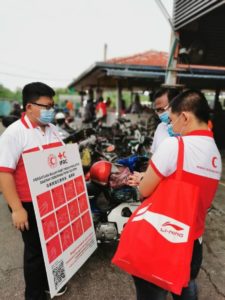
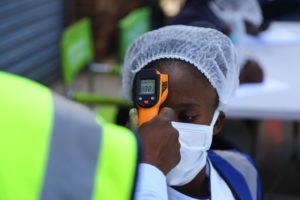
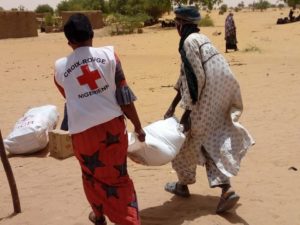
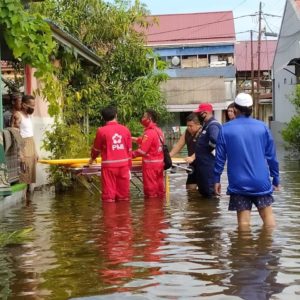
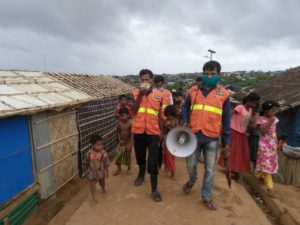
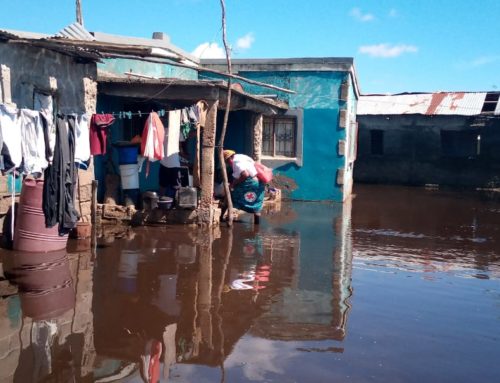
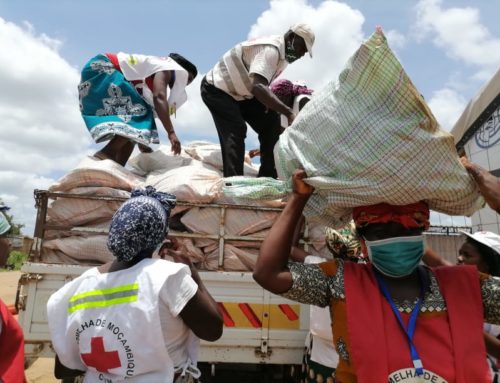
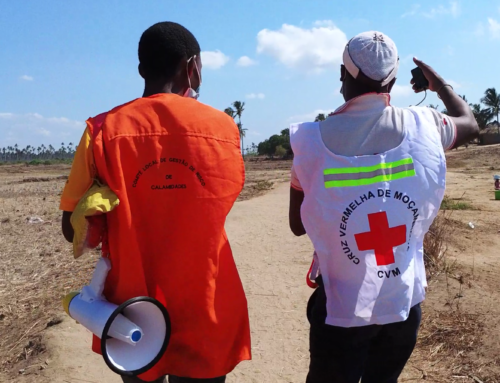

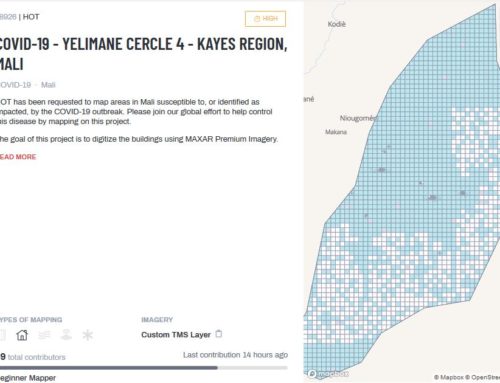
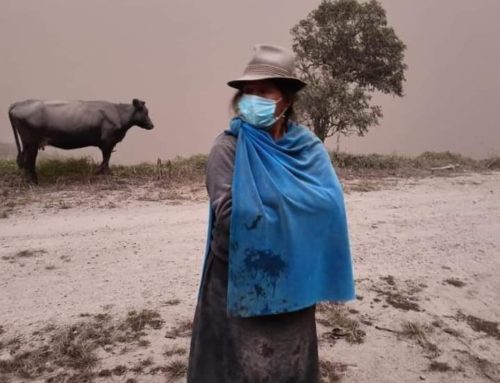
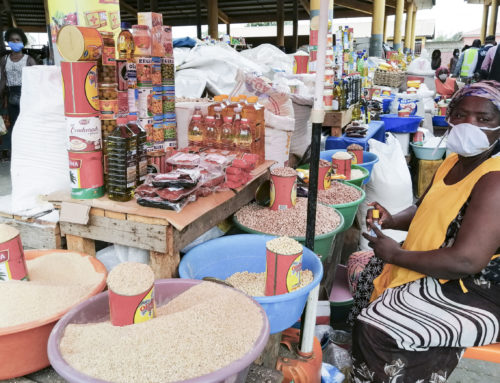
Leave A Comment
You must be logged in to post a comment.